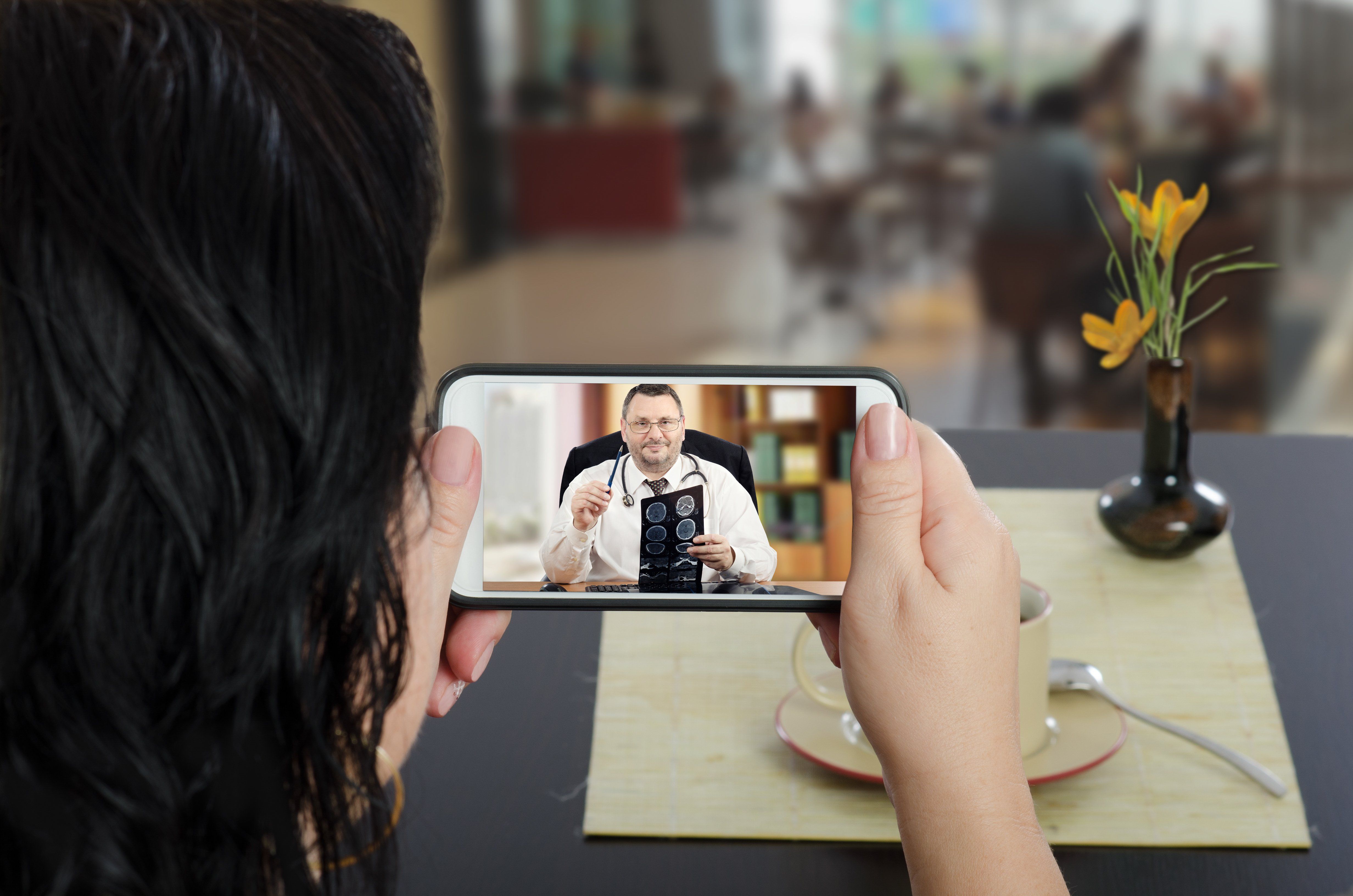Article
What’s new in remote patient monitoring?
Author(s):

For years, CMS balked at reimbursing physicians for remote patient monitoring (RPM) and other types of non-face-to-face care, but it seems those days are over. During the past two years, the agency has built on its existing coverage of chronic care management-related RPM services by adding new codes for RPM reimbursement.
Physicians who haven’t yet taken advantage of these new reimbursement codes because of concerns about staffing or implementation may want to consider leveraging mobile-enabled remote patient monitoring (mRPM). This technology is much more efficient and cost-effective than past approaches such as telephonic RPM. Easy to implement, it can provide nearly immediate clinical and financial value for large group practices or solo practices with minimal clinical support staff.
Adding mRPM
Physicians who aren’t yet participating in the chronic care management (CCM) program may have shied away because of the expansive requirements. In addition, reservations may surround a perceived need-and the related costs-to hire additional care team members or outside services to perform the care management interactions.
That’s where mRPM comes in. An automated schedule uses push notifications to prompt patients to enter requested biometric, objective and subjective data (including social determinants of health); patients can then respond at a time and place convenient for them.
Once the data has been received, a clinician assesses the information and can decide if there is any need for a face-to-face visit or phone conversation. With a dashboard for the physician practice and a patient-friendly mobile app for check-ins between appointments, mRPM can greatly enhance communication between providers and patients. In addition, patients become more aware and engaged in their own care without overburdening care teams.
Avoiding the data deluge
Because it can control the quantity and quality of patient-reported data captured at the practice, mRPM is cost-effective. With the right platform, a patient is enrolled in an mRPM “care journey” specific to their health needs. The patients’ questionnaire responses via the app are automatically forwarded to clinicians and reviewed by the practice, health system and/or health plan to assess risk and follow up with an intervention when needed.
Patient-reported data shared in this way is surrounded in context at a pre-determined frequency appropriate for each patient’s clinical condition/s and care plan. This process is much more efficient and relevant than receiving a flood of non-actionable biometric data multiple times a day, or whenever the patient decides to share it with the doctor-which could be not frequently enough, or too frequently.
Moreover, mRPM doesn’t require the patient to acquire or learn a new device or specialized equipment because smartphones and mobile devices are already so widely used.
Engaging the patient
The phenomenon of improving patient adherence to a care plan through gentle reminders is based on the Nudge Theory, a Nobel Prize-winning behavioral economics theory contending, in part, that indirect suggestions and positive reinforcement can influence people’s actions. That means physicians and organizations need to make it easy for patients to create and follow new healthy habits.
While relevant patient-reported data capture and revenue enhancement are the primary goals of an mRPM program, an ancillary benefit of an appropriately structured mRPM program is stronger patient engagement. That’s because the simple act of being reminded, or “nudged,” to capture and report outcomes on a consistent, unobtrusive basis can elicit positive health behaviors that providers did not anticipate, or even explicitly recommend.
In the coming years, nothing will be easier or more habitual for patients than to communicate and share data using their personal mobile device. Technology such as mRPM makes virtual care more efficient and beneficial.
Newsletter
Stay informed and empowered with Medical Economics enewsletter, delivering expert insights, financial strategies, practice management tips and technology trends — tailored for today’s physicians.





